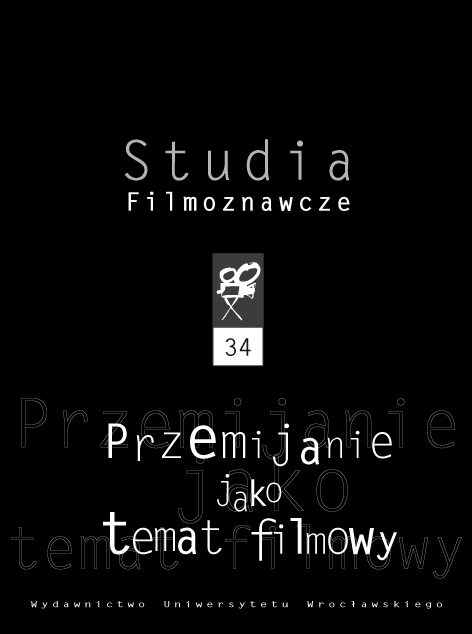

Artykuły

HOMELAND, PATRIMONY, OLD AGE AND DEATH. PAINFUL FAREWELLS TO NATURE AND TRADITION IN MODERN ICELANDIC CINEMA
The figure of a strong, demanding old father is an important motif in Icelandic literature and cinema. This character is often used in plots presenting the conflict of generations that indicates the rapid changes of Icelandic society in the 20th century. The strong fathers forcing their sons to stay and work at the family farms, known from such classic movies as Ágúst Guðmundsson’s Land and Sons and Hrafn Gunnlaugsson’s Father’s Estate, also represent another, deeply rooted in Icelandic culture antinomy — the symbolic struggle between the powers of nature and culture. All these popular narrations are interestingly reinterpreted in Fridrik Thor Fridriksson’s film called Children of Nature 1991. In this movie one may find a different point of view on the relationships between generations. The plot of the film not only refreshes the themes from classic Icelandic literature and movies emphasizing the postmodern lack of social space for the elderly people, but also eloquently presents a fusion of Christian and Neopagan beliefs. Nominated for the American Oscar Award, Fridriksson’s masterpiece became a milestone in Icelandic cinematography. However, its critical acclaim also activated a strong opposition of the younger generation of directors, who presented in their films significantly different visions of the classical struggle between youth linked with the city and eldery people connected with the powers of nature and countryside. This strategy is analyzed in the last chapter of the article.